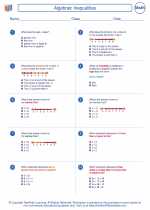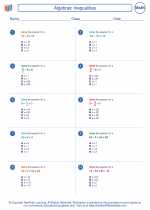Random Sampling
Random sampling is a method used in statistics to select a subset of individuals from a larger population. The goal of random sampling is to create a sample that is representative of the entire population, so that inferences and conclusions drawn from the sample can be applied to the population as a whole.
Types of Random Sampling:
- Simple Random Sampling: Each individual in the population has an equal chance of being selected for the sample. This can be done using random number generators or by using a randomization technique.
- Stratified Random Sampling: The population is divided into subgroups or strata, and then simple random sampling is used to select individuals from each stratum. This ensures that each subgroup is represented in the sample.
- Cluster Random Sampling: The population is divided into clusters, and then a random sample of clusters is selected. All individuals within the selected clusters are included in the sample.
- Systematic Random Sampling: Individuals are selected at regular intervals from a list of the population. The starting point is chosen randomly, and then every nth individual is selected.
Advantages of Random Sampling:
- It provides an unbiased representation of the population.
- It allows for generalizability of findings to the larger population.
- It is relatively easy to implement and understand.
Study Guide:
When studying random sampling, it's important to understand the different types of random sampling methods and their advantages. Here are some key points to focus on:
- Learn the definition of random sampling and its importance in statistics.
- Understand the different types of random sampling methods and how they are implemented.
- Recognize the advantages of using random sampling in research and data analysis.
- Practice applying random sampling methods to different scenarios to reinforce your understanding.
By mastering the concept of random sampling, you will be able to confidently apply this method in statistical analysis and draw accurate conclusions about populations based on representative samples.
.◂Math Worksheets and Study Guides Seventh Grade. Algebraic Inequalities
Study Guide Algebraic Inequalities
Algebraic Inequalities  Worksheet/Answer key
Worksheet/Answer key Algebraic Inequalities
Algebraic Inequalities  Worksheet/Answer key
Worksheet/Answer key Algebraic Inequalities
Algebraic Inequalities  Worksheet/Answer key
Worksheet/Answer key Algebraic Inequalities
Algebraic Inequalities 

 Worksheet/Answer key
Worksheet/Answer key
 Worksheet/Answer key
Worksheet/Answer key
 Worksheet/Answer key
Worksheet/Answer key

The resources above cover the following skills:
Algebra (NCTM)
Represent and analyze mathematical situations and structures using algebraic symbols.
Use symbolic algebra to represent situations and to solve problems, especially those that involve linear relationships.